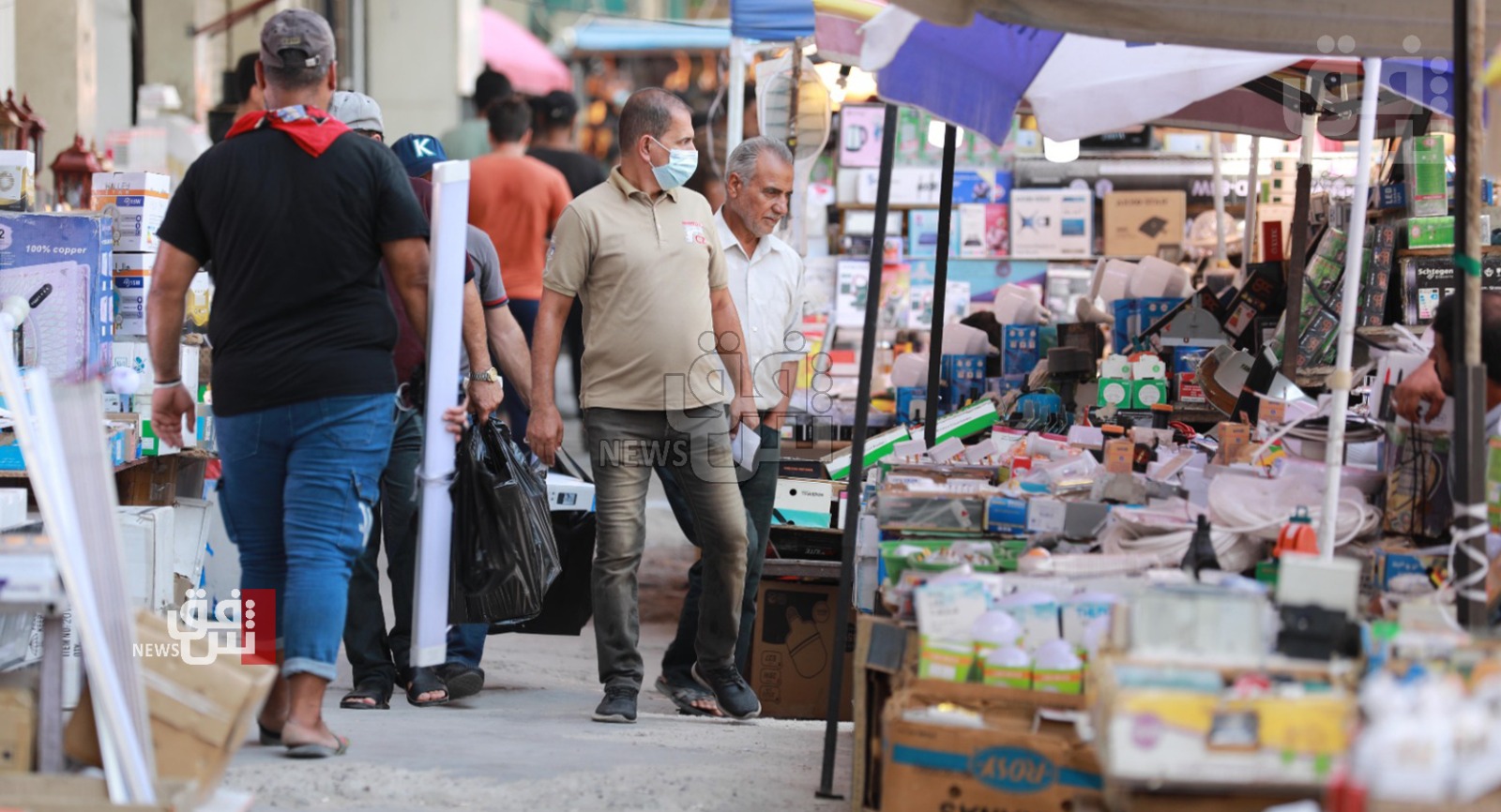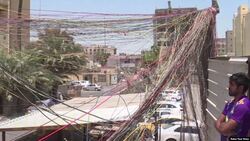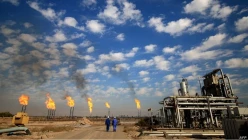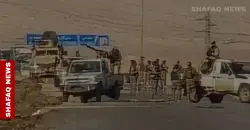Iraq: Lingering trauma and ongoing struggles-Report

Shafaq News / Two weeks after Alaa Sadeq Faraj disappeared in 2007, another man answered his mobile phone. “It was an Iraqi man. He didn’t tell us that they had killed him. He just said, ‘Go to the morgue’,” recounts Alaa’s brother, 51-year-old Mohammed Sadeq Faraj. “We went to the morgue to check, and we didn’t find his body.”
Alaa was 34 years old on 15th September 2007, the day he went missing while on shift as a government security guard north of Baghdad. His family believe that he was killed by members of a Shia Islamist militia that, like many other armed factions at the time, was conducting kidnappings across central and southern Iraq.
Mohammed believes that it was Alaa’s kidnappers who used his phone, and that his body was never taken to a morgue but dumped in nearby farmland, never to be seen again. “For one or two years, we kept looking for him. We tried everything. We asked everyone we knew, but nothing turned up,” Mohammed says during an interview at the Baghdad home where he raised Alaa’s three children as his own.
Six years after Alaa disappeared, with no proof of life available, the family confirmed his death in the Iraqi courts. They showed me the paperwork that enabled his widow and children to each receive a monthly stipend of around $160 from Iraq’s “Martyrs’ Foundation”, a state-run body that supports relatives of those killed, wounded and missing after decades of conflict.
The Faraj family’s story is harrowingly typical of the trauma that still lives in millions of Iraqi homes. Kidnappings and killings were rife during the sectarian conflict that gripped Iraq after the 2003 US-led invasion to topple former dictator Saddam Hussein. It is normal for multiple family members to be dead or missing. It is normal for Iraqi millennials to recount childhood memories of corpse-strewn streets, of moving out of their homes because al-Qaeda showed up, of narrowly avoiding explosions.
Following the invasion, millions of Iraqis fled the country. More than 185,000 civilians died from violence between 2003 and February 2017, according to the NGO Iraq Body Count. There are no concrete figures on the missing, but the International Commission on Missing Persons says that up to a million people have disappeared over decades of violence both before and after 2003.
Twenty years after Saddam Hussein’s Ba’ath party fell, Iraq operates—on paper—as a federal democratic republic with an autonomous Kurdish-majority region in the north.
Car bombs no longer rip through the streets of the capital on a daily basis. Snipers do not crouch atop buildings. Many fewer people are killed or kidnapped because of their sectarian or ethnic identity. US troops no longer oversee an ugly network of concrete checkpoints that once dismembered urban spaces. Islamic State, which swept through Iraq and Syria in 2014, no longer controls swathes of territory. There are moments of joy: the southern city of Basra recently hosted the Arabian Gulf football tournament—and the Iraqi team won.
But Iraq operates at a fraction of its potential. It still carries the burden of multiple traumas—including disappearances like Alaa’s—amid ongoing cycles of violence and impoverishment. Incompetence, corruption and dysfunction also mean that successive Iraqi governments have failed to build trustworthy institutions, according to former ministers and officials themselves, as well as analysts and political activists.
“Unfortunately, the strategic political mindset in Iraq has not reached the stage needed to build a state,” said Jawad al-Bolani, who served as Iraq’s interior minister between 2006 and 2010 and is now an MP. “Each state institution—the ministries and agencies—has problems as big as Iraq’s overall.”
The state simultaneously provides everything and nothing. Every year it puts thousands of people on the public payroll in unproductive jobs-for-life and spends billions of dollars subsidising fuel, the electricity network and basic foodstuffs. It provides benefit payments to victims of violence stretching back to the 1980s war with Iran.
Monthly spending on civil servants’ salaries, pensions and social welfare is roughly 7.3 trillion dinars (around $5bn), according to Mudher Saleh, an economic adviser to the Iraqi prime minister. That eats up at least half of what Iraq makes every month in crude oil sales, the state’s only substantive form of income, leaving little for service upgrades.
As a result, infrastructure is crumbling. The subsidised electricity network is so decrepit that in many places it only provides 12 hours of power a day. Homeowners and businesses resort to generators to make up the shortfall, their diesel fumes smudging skylines countrywide.
In the Opec group of oil-producing nations, Iraq is the second largest producer after Saudi Arabia, but much of the subsidised fuel is imported because authorities have not built enough refineries to process domestic crude.
While 4.5m people are employed in the public sector—and another 2.5m are on the retirement payroll—youth unemployment is high, at 35 per cent, according to the International Labour Organisation. The private sector is almost non-existent, thanks to a complicated set of vested interests and weak legislation. The number of government jobs acts more like a “warranty institution” or a “life insurance company” than actual social security legislation does, says Saleh.
With the state having dominated so many aspects of people’s lives for decades, there is an aversion to and even suspicion of private sector jobs, which come with fewer guarantees and longer hours than government work. “It’s like, you sit behind a desk, and the bigger the desk, the more important you are,” says Musab Alkateeb, who has led various private western firms’ Iraqi operations. People view private sector work as “demeaning” or equate it with “debauchery of some kind”, he adds.
(The prospect)





